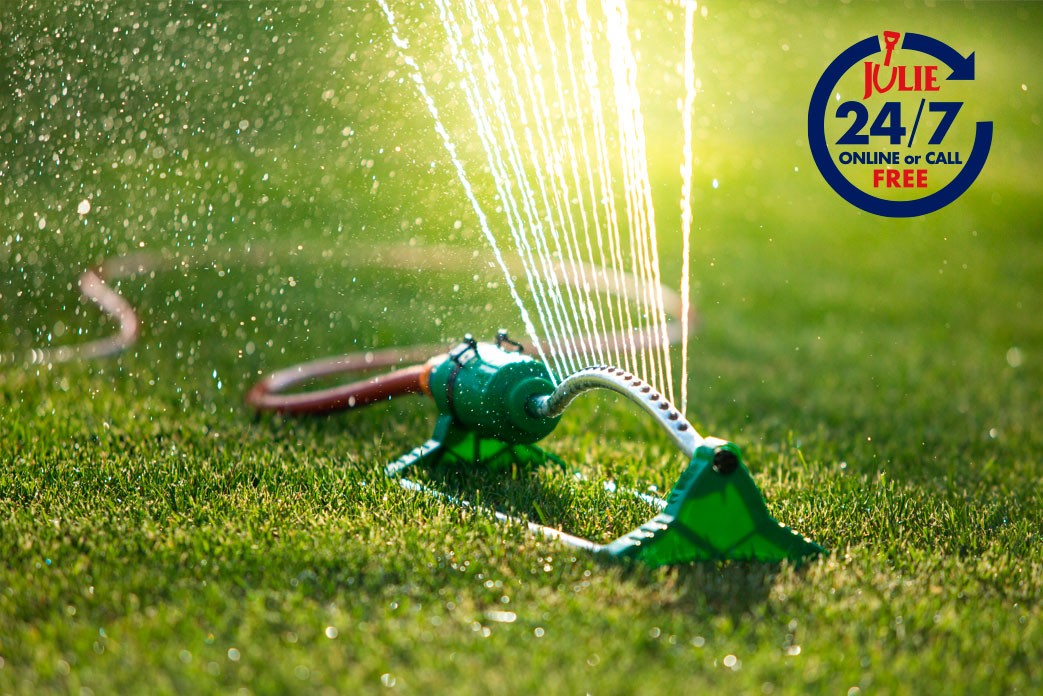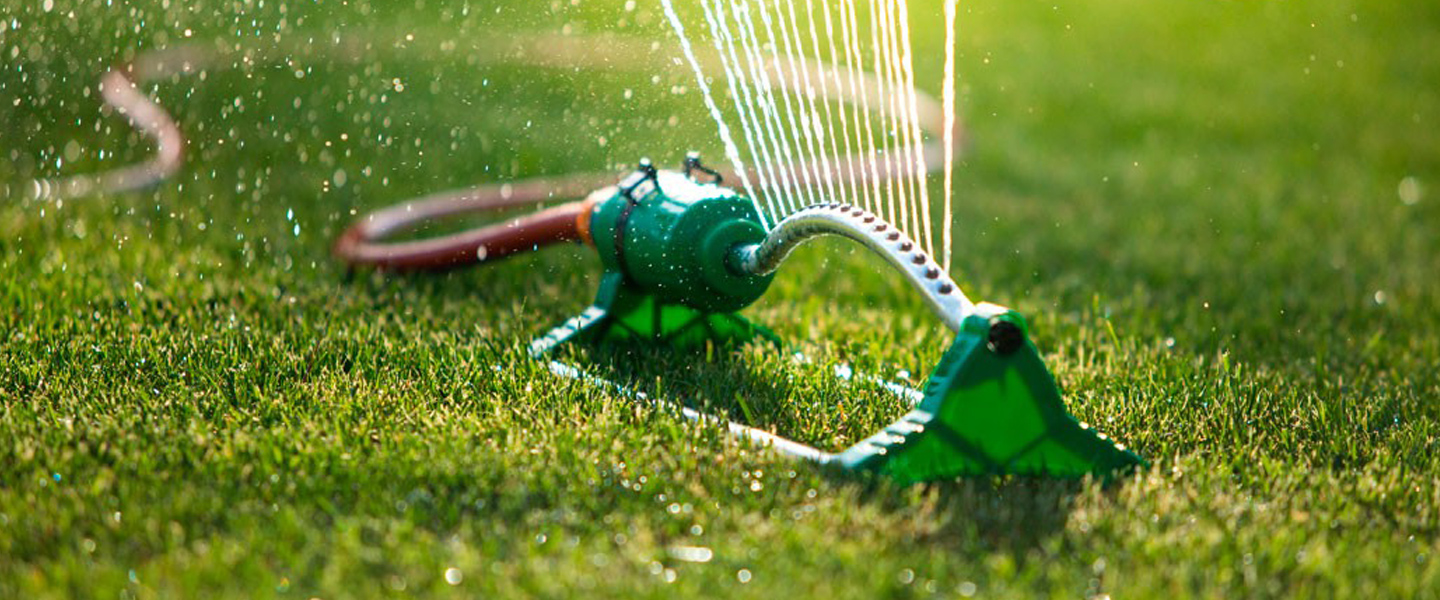Seven Watering Tips To Help Your Landscaping Thrive All Summer
Maintaining a lush garden and lawn isn’t always as simple as relying on Mother Nature and regular rain. During the peak of summer when temperatures in Illinois can hit 90 degrees or more, even a few days without rainfall can impact plants and grass. But don’t worry…watering wisely and properly can ensure beautiful surroundings without draining precious resources. By following these seven watering tips, your landscaping can look cool even when things heat up.

1. Keep An Eye On Newbies
If you’ve planted any perennials, shrubs, annuals, or grass seed this year, be sure to watch those areas closely. If the soil in or around the new growth looks dry or cracked, it’s time to add moisture. Always water the ground around the plant, not the leaves.
2. Avoid Over-Saturation
While new plantings generally require more frequent watering, don’t overdo it. If you notice puddles around the base of a plant or tree, stop watering until it has a chance to soak in. Water lawns if the color is fading or turning yellow and planters when the soil is dry.
3. Get To The Root Of The Matter
Another watering tip: trees, shrubs and other perennials with deeper roots require longer watering time than those with shallower roots, like geraniums. Using a soaker hose is a good way to control moisture levels as is adding mulch around trees and shrubs.
4. Install An In-Ground Irrigation System
For lawns and large gardens, having an in-ground sprinkler system makes it easier to water on a set schedule. These systems also are a more efficient use of water—you can turn select zones on and off based on each section’s needs. But be careful…before you install an irrigation system, make sure you know there are no utility lines buried in the area where the water will run. Contact JULIE, Illinois’ FREE notification service to prevent underground utility damages. You can submit an E-Request any time 24/7/365 and member utility companies will send representatives out to mark lines buried on your property.
5. Conserve Water
Another way to conserve your resources is by using sprinklers between 9 p.m. and 6 a.m., which reduces evaporation. Try to water when winds are calm and never turn your sprinklers on in the rain. Always be on the lookout for leaks in your hoses and consider a rain barrel or other rainwater harvesting system. You can even use ground covers and mulch to replace some of your turf—it’s a great way to balance beauty and conservation.
6. Think About Where Your Plants Live
Identify the specific attributes of the location where your flowers, shrubs or garden are. Plants under your roof’s eaves, for instance, may need more watering than those in open areas because they generally do not get as much direct rainfall. Plants along your home’s foundation also tend to dry faster because they’re near a structure that absorbs heat.
7. Cool Off
Here’s a watering tip that’s often overlooked: keep your water cool. When your hose sits in the sun all day, the water gets warm—even hot—which can potentially damage plants. So always store hoses in a cool place to maintain an optimal water temperature. And to keep your landscaping from overheating, water earlier in the day and not during the peak sunshine.
Maintaining green grass, a glowing garden and lush landscaping takes a little work…and just the right amount of irrigation. These seven tried-and-true watering tips can help guarantee your surroundings stay vibrant all season—even if Mother Nature doesn’t cooperate.

Safe Digging Tip: Always contact JULIE before you dig to have utility lines on your property located for free by our members. Valuable utility lines may be buried just beneath the surface and hitting one could disrupt critical services, cause serious harm to you or your family, or even result in costly repairs and fines.






 CONTACT US
CONTACT US